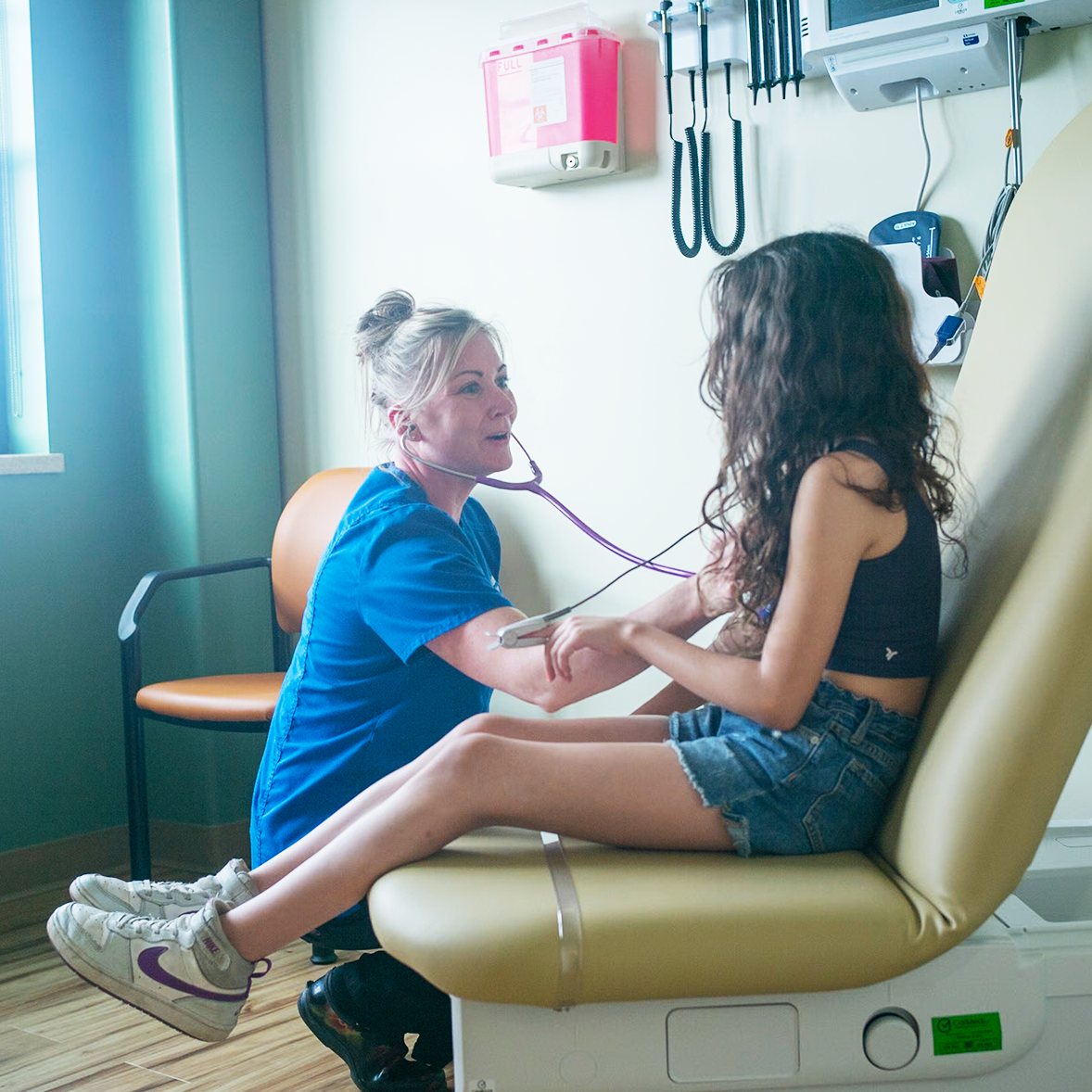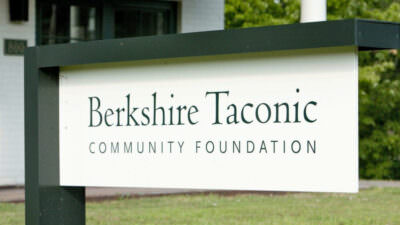
In 2024, the Community Health and Wellness Center (CHWC) opened its doors in North Canaan, Conn.* As a federally-qualified health center, their presence helps reduce a significant gap the region faces—identified as a rural healthcare crisis—in accessing consistent, high-quality medical and behavioral health care.
CHWC is now operating school-based health centers at three Region One schools —Housatonic Valley Regional High, North Canaan Elementary, and Sharon Center School. To date, the school-based centers have accommodated over 500 student visits.
The school-based model is working, says Rebecca Malone, pediatric APRN in the program, by improving health outcomes, supporting families, and reducing barriers for students to succeed academically. Language translation is also available if needed.
In a region where lengthy travel times for medical care may require parents to lose a day of work or students to miss classes, school-based health centers provide exponential benefits. Students receive treatment sooner and can focus on their education with fewer gaps in attendance.
There are never any out-of-pocket expenses, co-pays or deductibles for services, which alleviates financial stress for parents. Insurance plans, including Medicaid, are billed. If a family is not enrolled in a plan, providers will still see the student at no cost to the family. Region One school-based health centers have been funded entirely by a HRSA (Federal Health Resources and Services Administration) grant.
There are further benefits to on-site health care. Malone notes that having healthcare providers in the schools significantly improves continuity of care, as her staff can get to know the students. In addition to regular office visits, Malone and Suzette, a licensed social worker, can observe student behaviors in the classroom and on campus, which gives context and clarity to what students are experiencing and how they are coping. That informs what treatment interventions may be needed. “It really changes and improves my ability to diagnose.” Malone shares. “It’s a game changer.”
Currently, behavioral health problems are presenting in greater volume than medical issues in the higher grades, though Malone notes both are interconnected. Eating disorders, anxiety, depression, and feelings of isolation are prevalent. Some students grapple with ADHD or learning challenges. Malone and Suzette can get to the source of the symptoms and develop an action plan, collaborating with a network of local partners and specialists as needed. Conversations with students can reveal other contributing factors to their overall health, such as food insecurity or housing instability. With these insights in hand, staff can connect families to other essential community services.
Looking toward the future, CHWC would like to serve even more students. “I would love there to be school-based centers in every single school in Region One,” Malone shares. “Having the privilege of being in the schools where the children are, I realized that I am ten times a better provider...I am more accessible to them, there is an ease for the parents, and we are developing these really amazing relationships.”
Acknowledgements: Research for this article included the firsthand insights of Community Health and Wellness Center’s Rebecca Malone, Pediatric APRN and Kelly Baxter Spitz, Director of Development, as well as Aileen Meehan, BTCF’s Community Engagement Officer for Northeast Dutchess County and Northwest Litchfield County.
*BTCF’s Fund for the Northwest Corner contributed $50K to CHWC’s launch.




